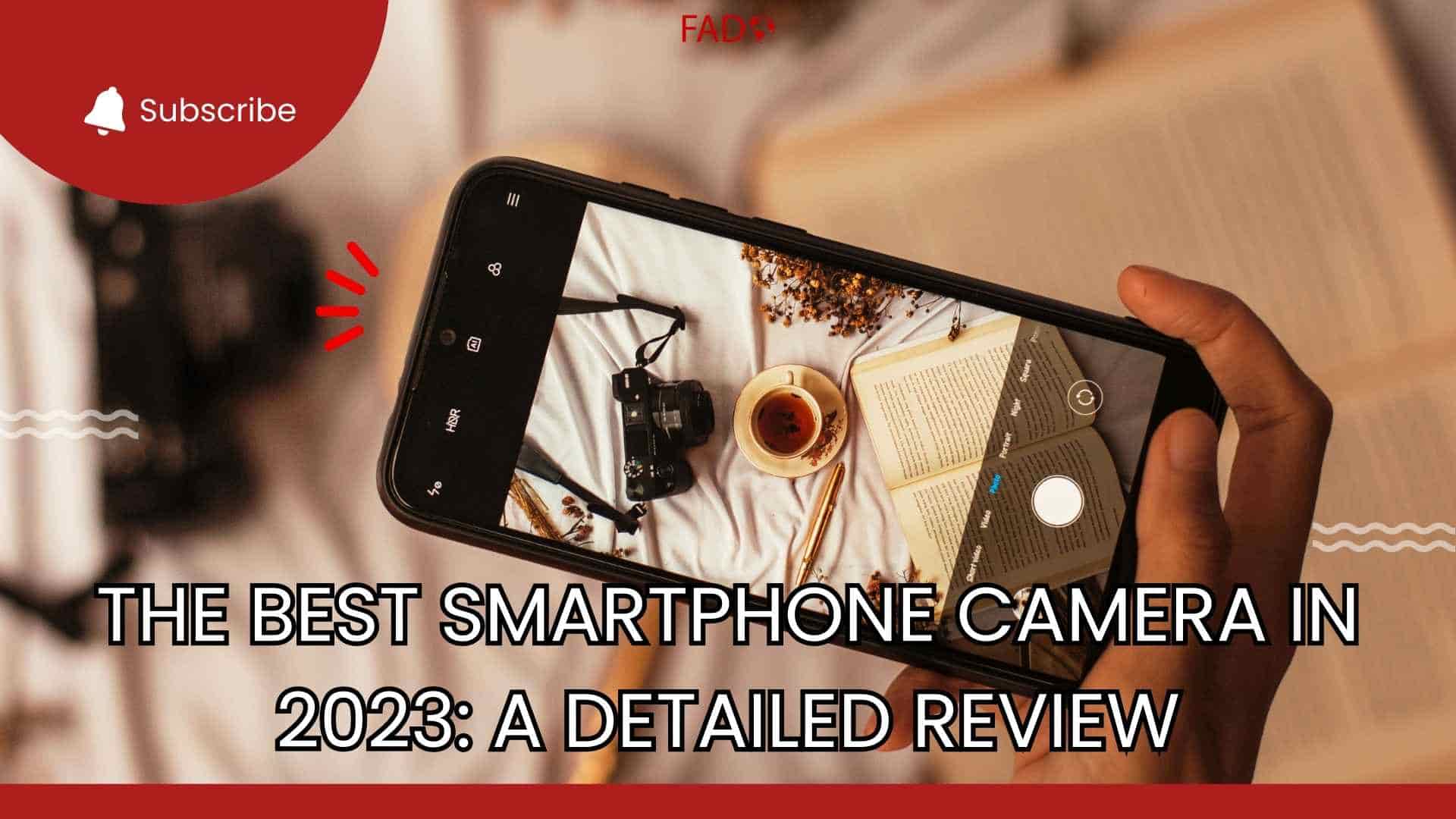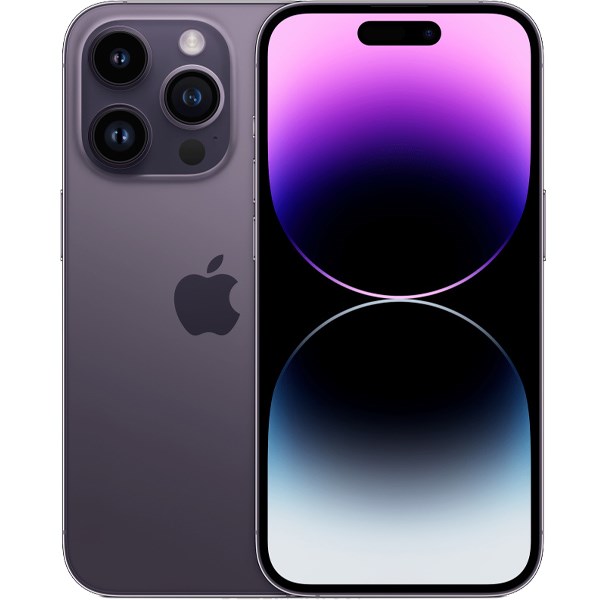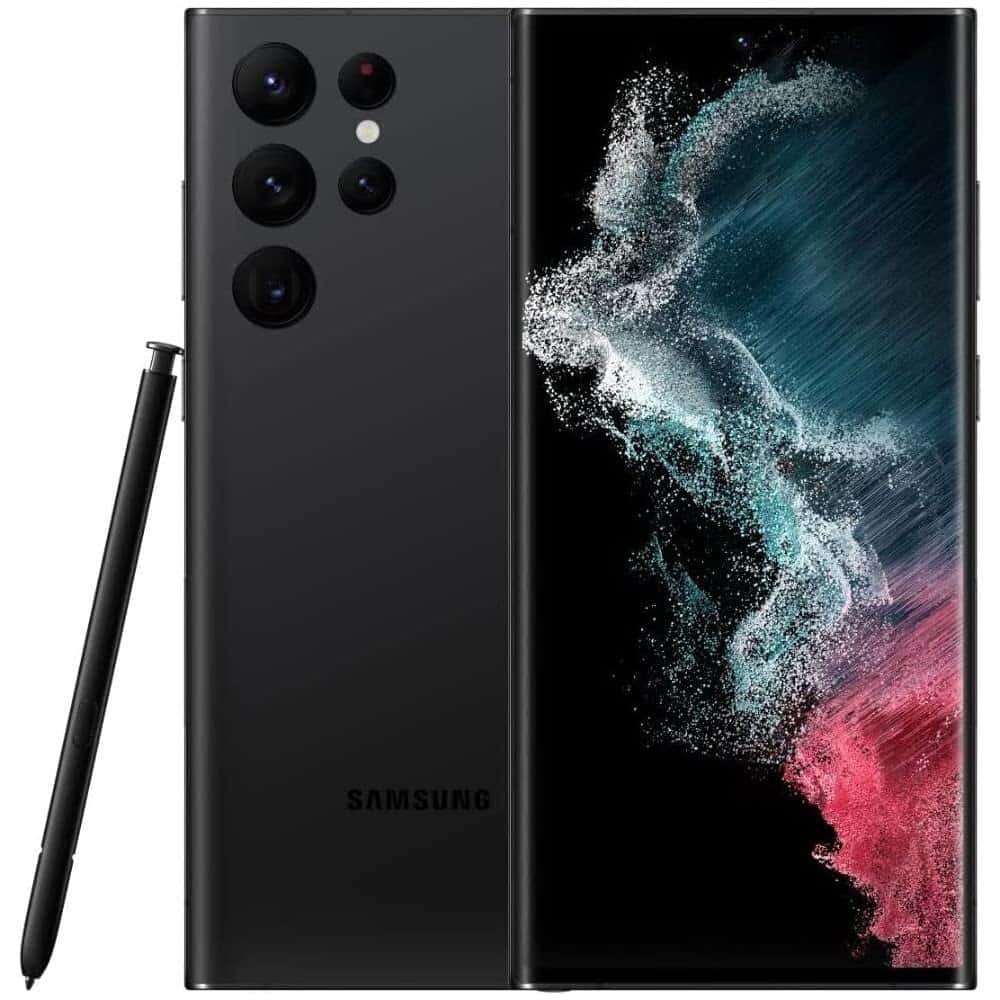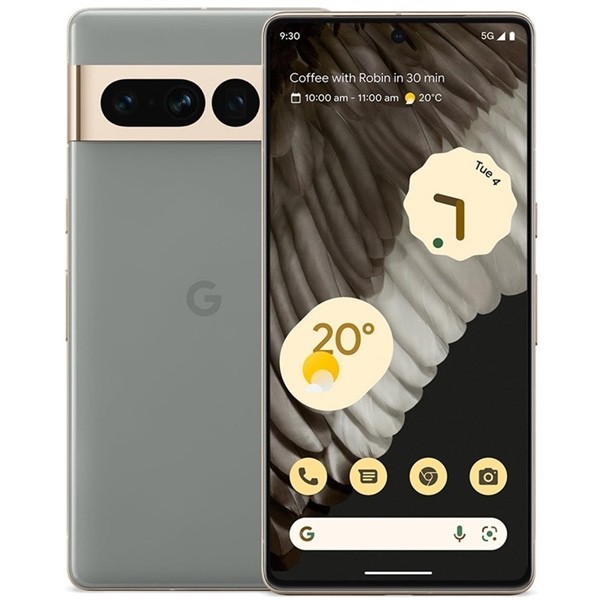Category
Support

In the age of communication and social media, smartphone cameras have become a necessary part of our daily lives, revolutionizing how we capture moments. They play a key role in recording our experiences, and connecting with others through platforms such as Instagram, Pinterest. In this article, join Fado168 to find out the best smartphone camera in 2023.
Smartphone cameras are more than just photography, they allow us to create visual stories, stay connected, and express ourselves in a visual way. In recent years, smartphone camera technology has evolved. What was once seen as a normal accessory has become an important tool for capturing images and videos. Innovations like multiple lenses, AI, and computational photography have granted smartphone cameras the capabilities of professional digital cameras. From photography to optical zoom, the advancements in smartphone camera technology have combined convenience and excellence, enabling users to capture amazing shots under various conditions.
Thanks to the continuous efforts of smartphone manufacturers, the boundaries of camera technology have been broken with features like image stabilization, portrait mode, and ultra-wide-angle lenses. As a result, the smartphone camera has not only become a simple and easy method to capture memories but also a creative and affordable solution for users to bring their artistic visions and ideas to real life.
The Best Phones for Vlogging in 2023
When choosing the best smartphone camera, it is important to know the key factors that affect the performance and image quality. Let's look at some of these factors:
Megapixels often go along with image quality, the better the image quality, the better reality it brings. However, while higher megapixels can result in more detailed images, it is not the only factor that determines a photo quality. Other factors like image size, pixel size, and image processing also play a key role. More megapixels can be better for cropping and printing larger images, but a balanced approach to quality is equally important.
The aperture of a smartphone camera affects its ability to collect light. A wider aperture allows more light, improving low-light performance and creating a shallow depth of field that blurs the background. Understanding the connection between aperture and lighting conditions is crucial for capturing stunning and visually engaging pictures.
Image stabilization is crucial for capturing sharp and steady photos, especially in low-light conditions or when shooting video that requires a lot of movement. Optical image stabilization (OIS) and electronic image stabilization (EIS) balance hand movements and vibrations, resulting in high-quality images and videos in challenging environments.
High Dynamic Range (HDR) and Night Modes are game-changers in the field of smartphone camera. HDR includes multiple exposures to capture a wide range of lighting conditions, resulting in photos with balanced exposure and better details. Night Modes use advanced algorithms to capture brighter and clearer images in low-light conditions to improve overall image quality.
Artificial Intelligence (AI) has revolutionized smartphone photography through computational photography. Algorithms from AI have enhanced various elements of the image, such as color balance, exposure, and sharpness. Portrait modes, background blurring, background removing, and scene recognition are all examples of AI features that optimize image quality and produce appealing shots.
It is noted that it requires a deep understanding of these factors to evaluate smartphone cameras. It is not just about the megapixels, camera’s hardwares and softwares to produce visual and high-quality shots. Each of these contributes to the overall photography quality and allows users to capture moments with precision and creativity.
With millions of smartphone models on the market today, it is difficult to find the best smartphone camera, especially for new beginners. In this part, Fado168 will introduce some of the best smartphone camera in 2023.

The iPhone 14 Pro Max continues Apple's legacy of delivering spectacular camera technology, designed to redefine smartphone photography and videography.
The core of the iPhone 14 Pro Max's camera system are its advanced sensors and lenses, working together to capture stunning images in various conditions. iPhone 14 Pro Max has a 3-camera cluster, in which the main sensor has a resolution of 48 MP, a 12 MP wide-angle sensor and finally a 12 MP telephoto lens, ensuring improved low-light performance and enhanced dynamic range. The larger sensor size offers increased light sensitivity, resulting in sharper and more detailed images.
For users who are looking for versatility, the iPhone 14 Pro Max features a powerful 3x telephoto lens, allowing users to zoom in on subjects from a very far away while still keeping the image quality. Apple's optical zoom abilities combined with AI photography algorithms lead to clear zoomed-in shots. In addition, the LiDAR scanner also graces the iPhone 14 Pro Max, enhancing AR experiences and autofocus accuracy in low light.
In terms of software, the iPhone 14 Pro Max gains an advantage from the latest advancements in computational photography. Smart HDR 5 automatically optimizes exposure and detail in every photo, guaranteeing balanced highlights and shadows. Night mode has also been upgraded, allowing for photos in low-light conditions.

The Samsung Galaxy S22 Ultra is considered the best Android camera phone until now. This Samsung phone is equipped with 4 cameras with a main camera of up to 108 MP, a 12 MP super wide-angle camera, and two 10 MP telephoto cameras that support 10x optical zoom. The most significant feature is the main camera with extremely impressive night shooting capabilities like Samsung’s slogan: "Nightography Camera - Eye of the Night". Owning a large pixel sensor should capture more light, when taking extremely bright photos at night, the noise phenomenon is significantly improved.
Portrait mode has also been improved a lot compared to the previous generation. Photos taken to remove deep fonts, less wrinkled even in difficult parts such as hair, high detail, bright images and quite true colors. If you want to take pictures of landscapes, neighborhoods or simply group photos, the Galaxy S22 Ultra can completely do it with the super wide-angle camera.
Galaxy S22 Ultra supports 8K video recording but does not come with anti-shake, if you turn on Super Stabilization mode, the resolution will be limited to Full HD 60 FPS. That much is quite enough, the frame is stable, less jerky, the detail is high and the colors are also quite true for you to easily edit.
The front camera is up to 40 MP, so your virtual live images will be more realistic than ever, the skin is still slightly smoothed, but the details on the skin will be reproduced very clearly. The colors are quite vibrant, so there's no need to apply any more color filters.
As the best Android camera phone, the Galaxy S22 Ultra benefits from Samsung's AI photography algorithms. These algorithms work smoothly with the hardware to produce stunning images with vibrant colors, high dynamic range, and excellent exposure balance.

The camera system of the Google Pixel 7 Pro has proved Google's expertise in computational photography and its dedication to produce the highest image quality. The Pixel 7 Pro's camera setup is designed to capture stunning photos and videos with incredible detail and accuracy, making it an ideal option for photography lovers and professionals.
Pixel 7 Pro's camera system features an impressive 50MP resolution. This sensor is made to capture rich and vibrant colors, allowing for highly detailed photos even in bad lighting conditions. The larger sensor size contributes to improved low-light performance, resulting in clear and noise-free images in dimly lit environments.
One of the standout features of the Pixel 7 Pro's camera system is its advanced telephoto lens, offering a 5x optical zoom capability. This allows users to get closer to their subjects without compromising image quality, making it an excellent choice for capturing distant scenes with remarkable clarity.
The ultra-wide camera of the Pixel 7 Pro is equipped with a 12MP sensor, providing a broader field of view for capturing expansive landscapes and creative shots. The camera's intelligent software algorithms ensure distortion correction and high-quality images.
Google's computational photography technology plays a significant role in enhancing the Pixel 7 Pro's camera performance. The device leverages AI and machine learning to optimize exposure, dynamic range, and color accuracy. The Night Sight mode, a hallmark of Google Pixel cameras, excels in low-light conditions by capturing well-lit and detailed photos without the need for additional lighting.
The Pixel 7 Pro's video capabilities are equally impressive, with the ability to record 4K videos at high frame rates for smooth and cinematic footage. The device's image stabilization technology ensures steady videos even when shooting on the move.
Portrait mode on the Pixel 7 Pro employs advanced depth-sensing technology to create professional-looking portraits with beautifully blurred backgrounds, making the subject stand out.
Here is the table that presents smartphone camera comparison. It includes specifications, strengths and weaknesses.
|
Samsung Galaxy S22 Ultra |
iPhone 14 Pro Max |
Google Pixel 7 Pro |
|
|
Rear Camera |
Main: 108 MP |
Main: 48 MP |
Main: 50 MP |
|
Front Camera |
40 MP |
12 MP |
10.8 MP |
|
Video |
HD 720p@30fps FullHD 1080p@60fps FullHD 1080p@30fps 4K 2160p@30fps 4K 2160p@60fps FullHD 1080p@240fps 8K 4320p@24fps HD 720p@960fps |
HD 720p@30fps FullHD 1080p@60fps FullHD 1080p@30fps 4K 2160p@24fps 4K 2160p@30fps 4K 2160p@60fps |
4K@30/60fps 1080p@30/60/120/240fps 4K@30/60fps 1080p@30/60fps |
|
Standout Features |
Night Shot Autofocus (AF) Face Recognition Beautify PixelMaster HDR Full HD Video Recording Anti-vibration Wide Angle (Wide) HD, 4K Video Recording Beauty A.I Dual Display Video Recording Slow Motion Panorama Optical Image Stabilization (OIS) Night Mode (Night Mode) Time Lapse Ultra Wide Angle (Ultrawide) Digital Zoom Professional (Pro) Voice Capture Gesture Shooting Optical Zoom Super Slow Motion AI Camera Live Photo Color Filters |
Action Mode Dolby Vision HDR Time Lapse Ultra Wide Angle (Ultrawide) Digital Zoom Cinematic Slow Motion Deep Fusion Panorama (Panorama) Optical Image Stabilization (OIS) Night Mode (Night Mode) Optical Zoom Super Near (Macro) Color Filters Smart HDR 4 Time Lapse Night Shot Retina Flash Autofocus (AF) Full HD Video Recording 4K Video Recording Slow Motion Live Photo |
Super Res Zoom Multi-Directional Face Recognition PDAF Optical Image Stabilization (OIS) 5x Optical Zoom Pixel Shift Panorama Dual-LED flash Auto-HDR Ultra Wide Angle (Ultrawide) Night Mode (Night Mode) Color Filters Time Lapse Night Shot Retina Flash 4K Video Recording Voice Capture Gesture Shooting AI Camera Color Filters |
This camera smartphone comparison will help you understand about each smartphone camera mentioned in the article. Remember to make a good decision.